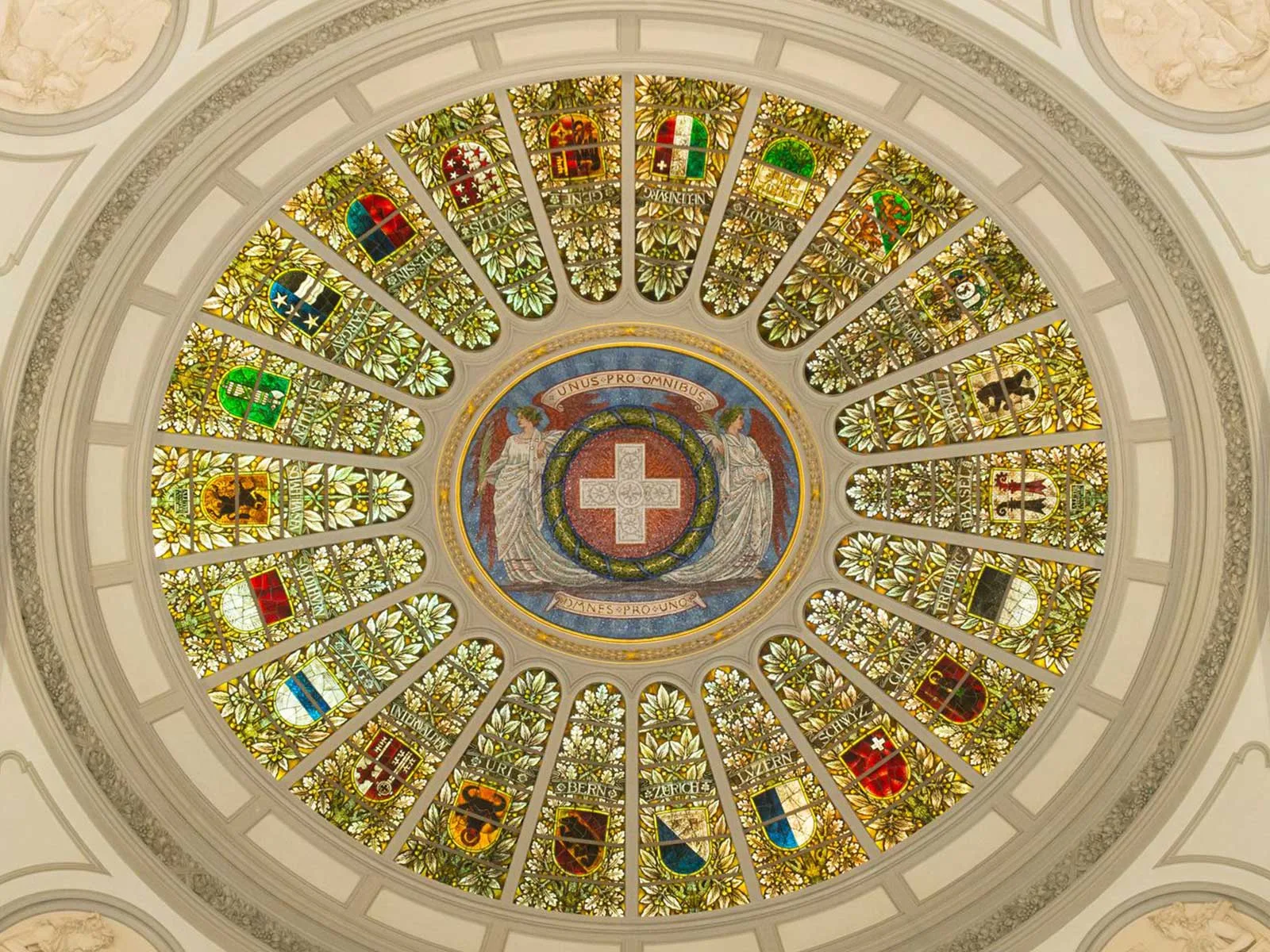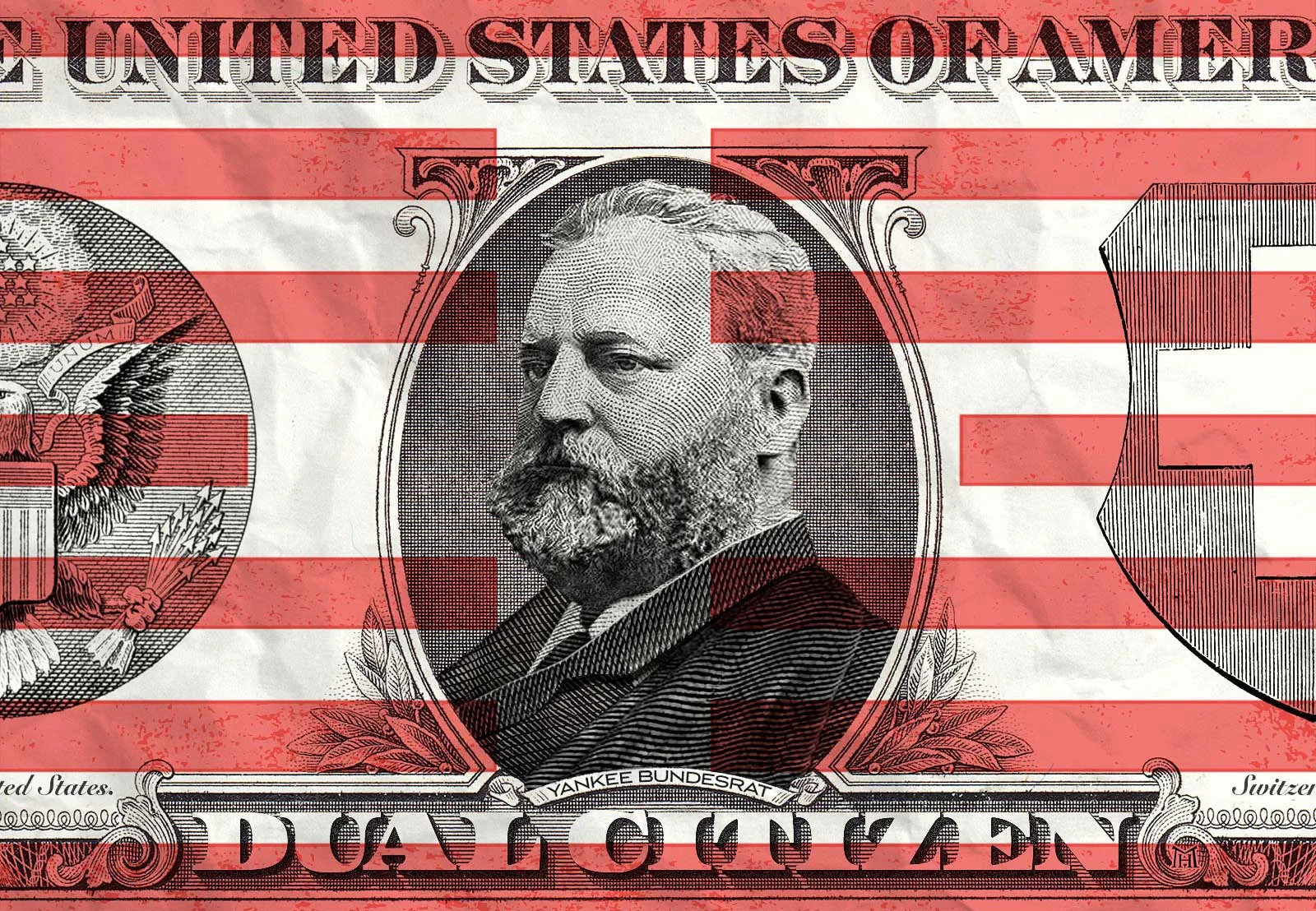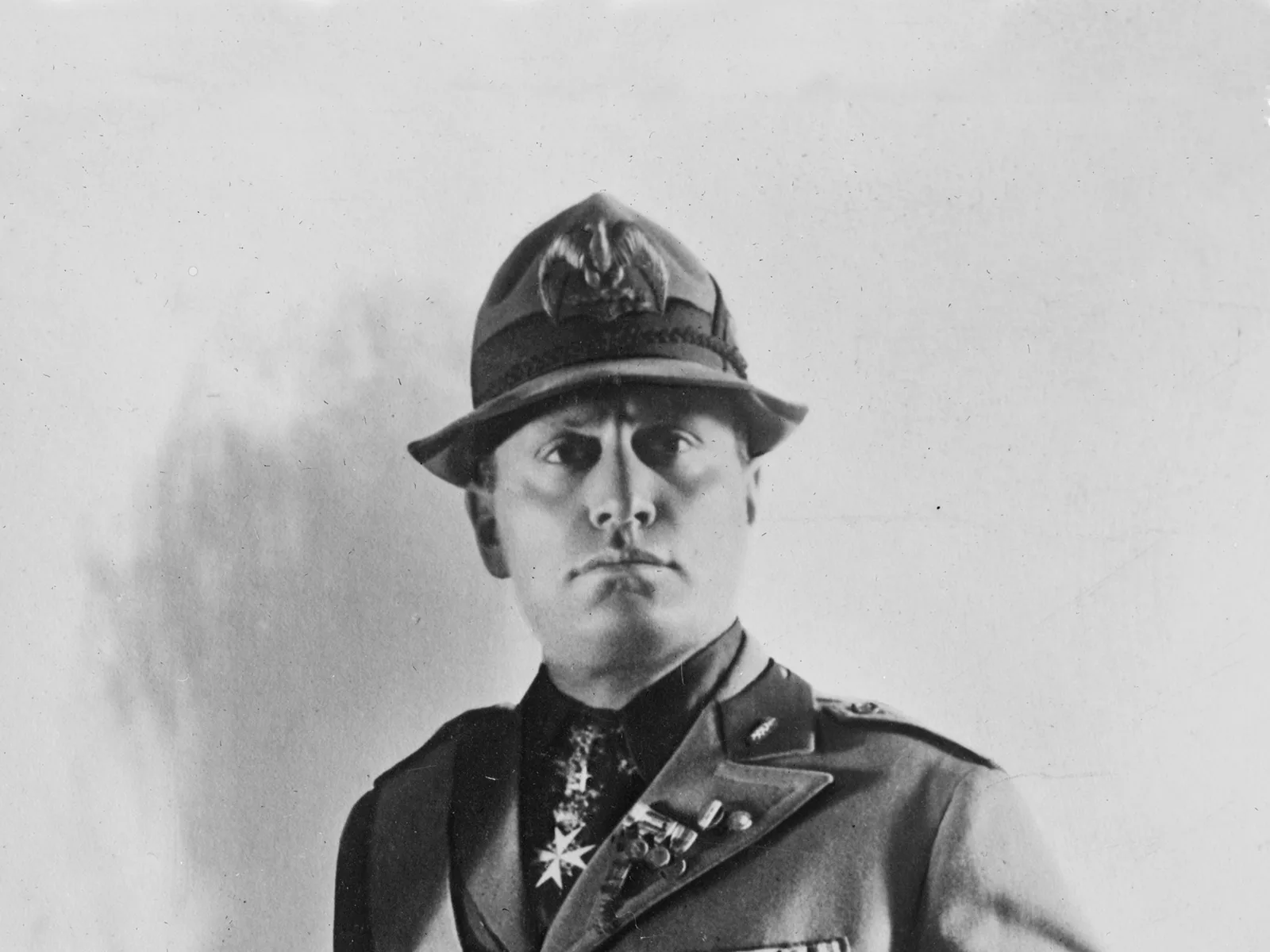
Mussolini and Switzerland
In the early 20th century, Benito Mussolini caused a stir in Switzerland as a rebellious socialist. Some decades later, he became a threat to the country as a fascist dictator.
Mussolini’s first two weeks in the curiosa repubblica (the strange republic), as he called the Swiss Confederation, were a disappointment. He lasted a few days doing heavy manual work at the Peter chocolate factory in Orbe with 11-hour shifts for an hourly wage of 32 centimes. He then went to Lausanne, where he ended up in a police cell shortly before his 19th birthday with just his passport, an authorisation to study and 15 centimes to his name.
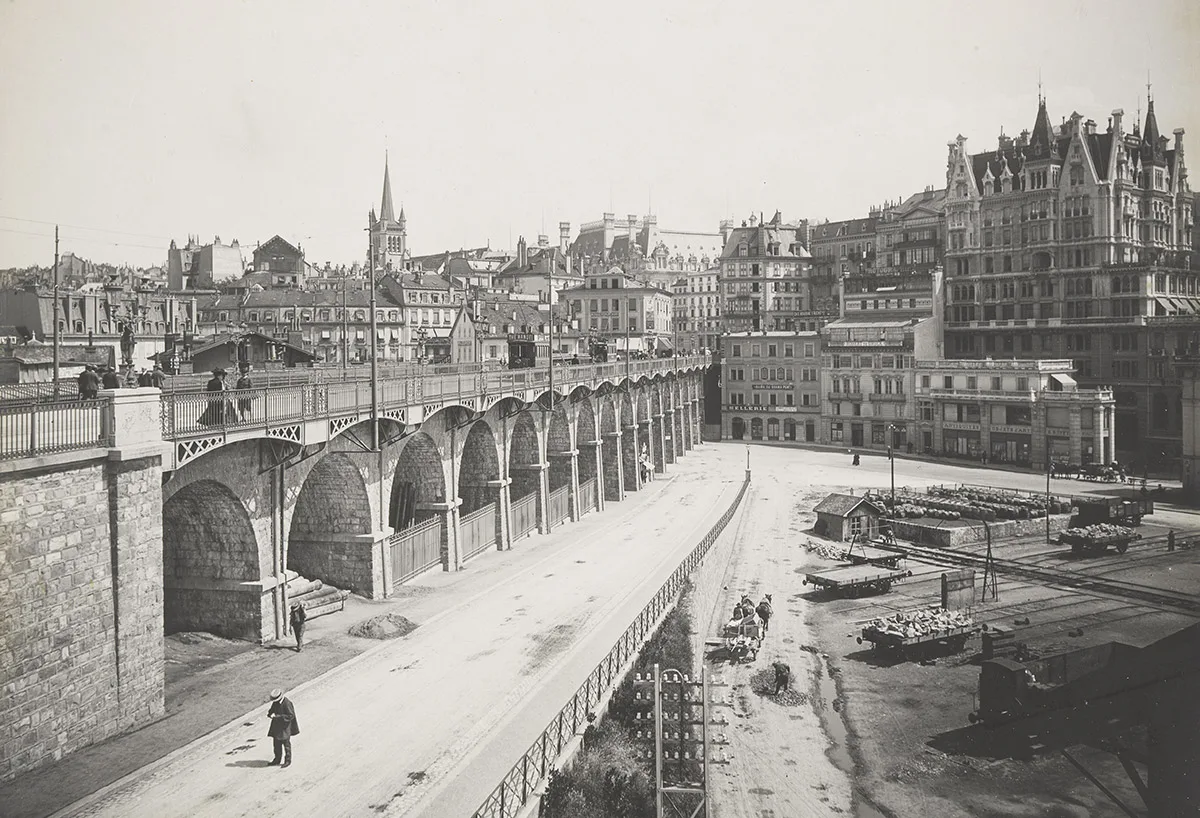
Sent to prison in Bern
He had already come to the attention of the police in Bern, where he had lived and worked from early March 1903, as a firebrand speaker. He was summoned to a police station there in June and, following ten days of detention, sent back to Italy on the pretext of his identity papers not being in order. He returned to Switzerland, hoping to attend university in Geneva, and was arrested again. He was better received in Lausanne, where he attended lectures at the university during his last months in the country. He devoured – as he put it – “an entire library”, wrote articles, translated socialist texts from French into Italian and travelled through Switzerland on speaking engagements. By then he had been a well-known figure in Italian socialist circles for quite some time. The months Mussolini spent in Lausanne were far from boring; he had affairs and led a bohemian lifestyle in revolutionary circles.
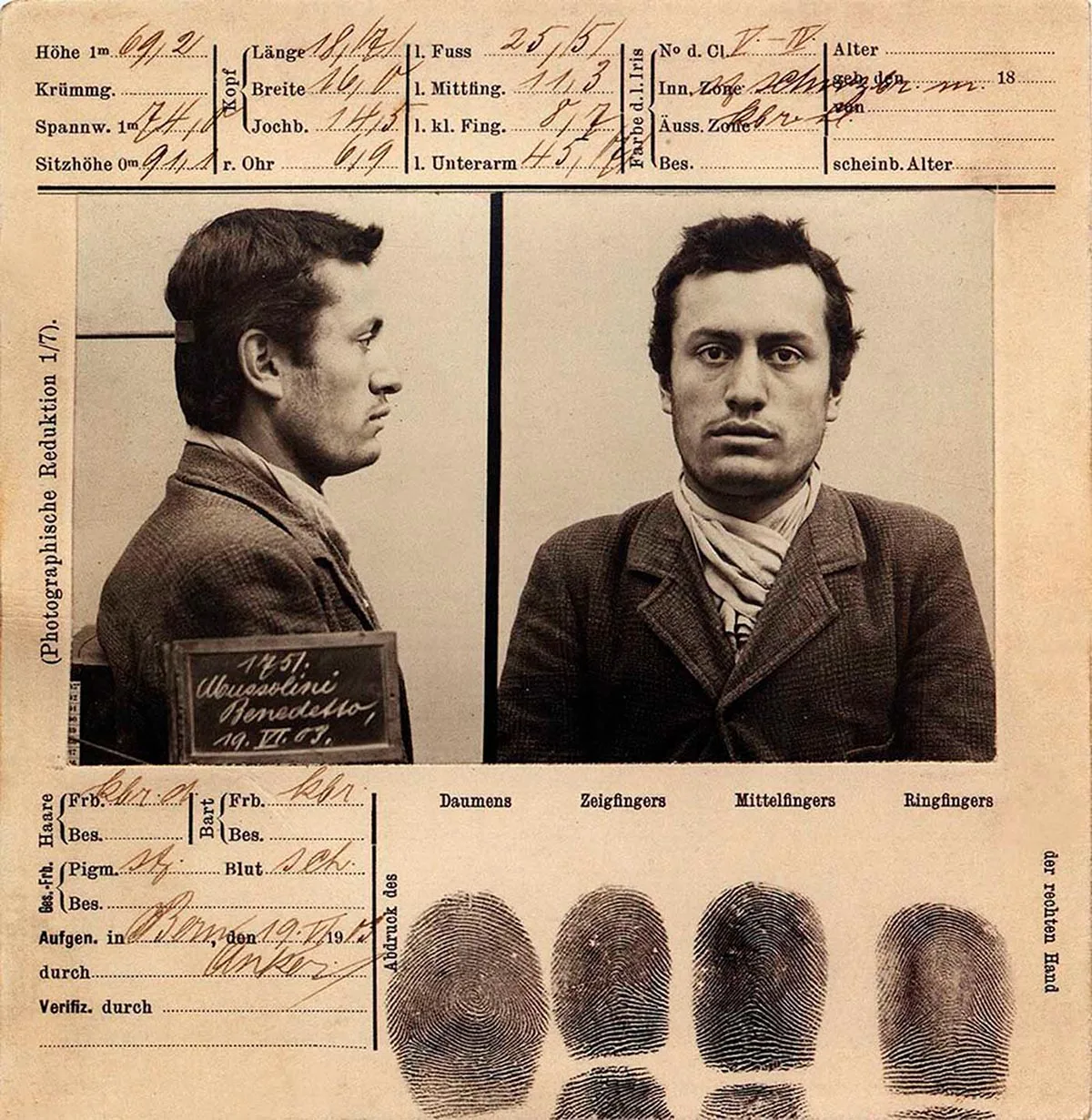
From socialist to fascist dictator
His founding of the fascist movement after the war marked the start of Benito Mussolini’s rise to Italian dictator. Il Popolo d’Italia was to remain the party newspaper until 1943 and it served to disseminate fascist propaganda among the people. He mercilessly pursued his former socialist contemporaries during his more than 20 years of tyranny, and thousands of them went into exile, with some seeking refuge in Switzerland.
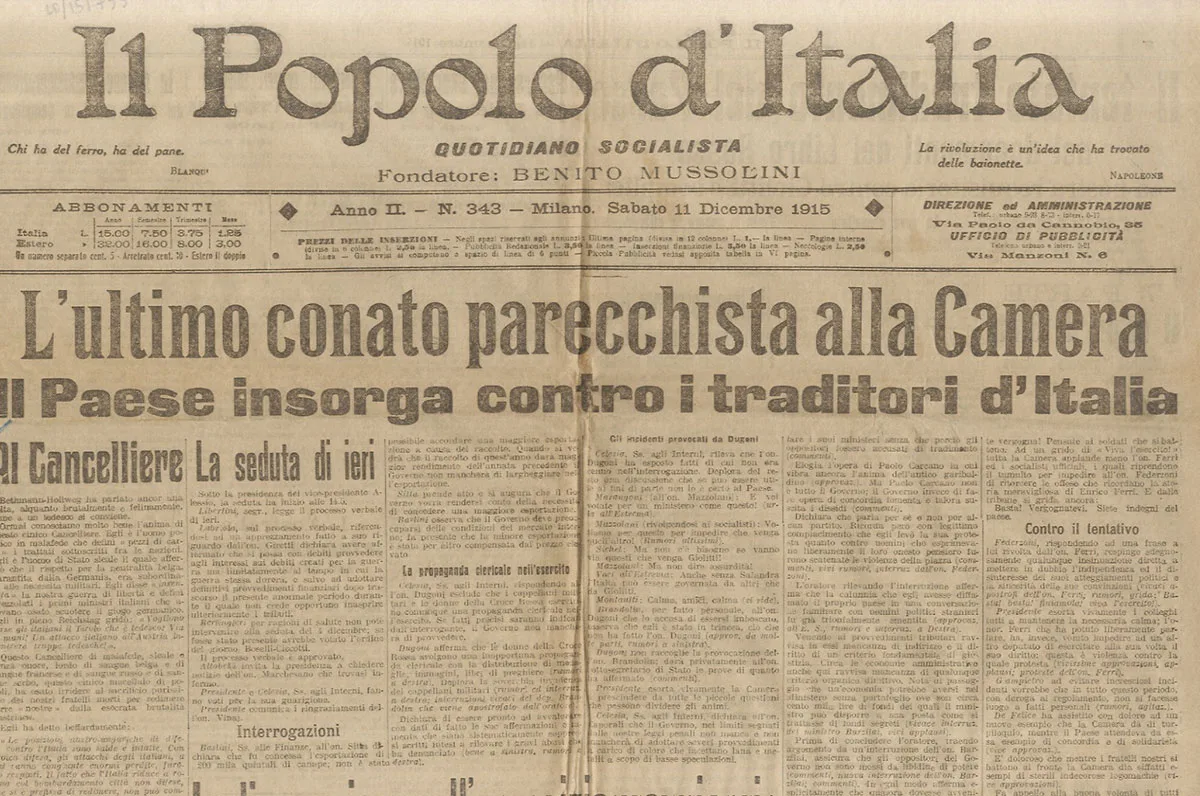
In the summer of 1943, as defeat in the Second World War loomed on the horizon, the Duce was deposed by his own people. German troops then occupied the north of the country and installed Mussolini as leader of the fascist Italian Social Republic by Lake Garda. The official Italian government fled to southern Italy. Switzerland established diplomatic relations with the official government, but also maintained informal ties with Mussolini’s republic. The country’s economic interests in northern Italy were too great to sever relations entirely. During the last two years of his life, the Duce and his new regime supported Germany’s cruel treatment of his own people until the partisans gained the upper hand when the Allies arrived in April 1945.

Mussolini flees north towards Switzerland
Following a trial by an improvised court, Mussolini and Petacci were summarily shot on 28 April. Pictures of their ravaged corpses hanging upside down the following morning from the roof of a petrol station on Piazzale Loreto square in Milan, circulated the globe. The Duce, who had exploited the media as a tool for his regime, would have been spared this posthumous humiliation if he had made it to Switzerland. He would have been extradited and put on trial. But he didn’t make it to the border – a fate he shares with countless others who tried to escape his former henchmen.


